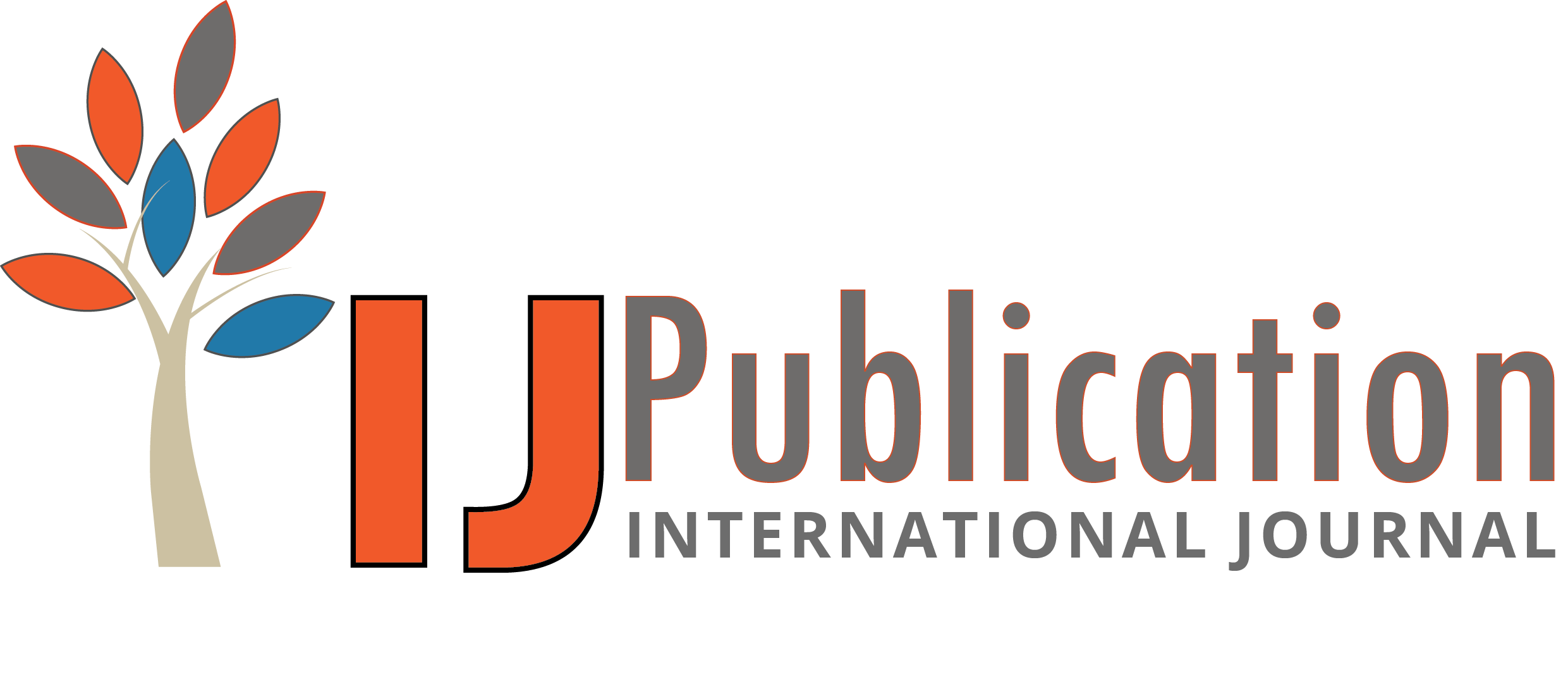Swathi Garudasu Reviewer
03 Oct 2025 10:12 AM
 Approved
Approved
Relevance and Originality This article addresses a critical topic for the modern media landscape, where the intersection of artificial intelligence and human expertise holds immense potential. The relevance is undeniable, as media organizations increasingly face the dual pressure of keeping up with technological advancements and meeting ever-evolving consumer expectations. The concept of human-AI collaboration, rather than seeing AI as a mere replacement, brings an original and refreshing approach to this discourse. By focusing on the complementary strengths of both technology and human creativity, the article provides a unique perspective on optimizing workflows. However, including specific industry examples of AI-human collaboration in practice could further solidify the article’s applicability and add practical value to the theoretical discussion.Methodology The article presents a conceptual exploration of how AI can integrate with human-centered processes across various media workflows. While the theoretical framework is robust and well-explained, it lacks empirical evidence to support the claims made. The inclusion of case studies or real-world examples of media organizations successfully implementing AI could enhance the methodology and provide a more grounded understanding of the proposed collaboration models. Furthermore, it would be beneficial to discuss potential data collection methods or research conducted to support the analysis, offering more insight into the validity of the findings.Validity & Reliability The article convincingly argues for the benefits of human-AI collaboration, especially in creating more efficient and creative workflows. However, the reliability of these conclusions would be strengthened if backed by more concrete evidence. For example, including metrics that show how AI-driven workflows impact content creation, distribution, or customer engagement would provide more tangible proof of its effectiveness. Additionally, discussing any challenges or drawbacks faced in real-world implementations of these AI-human models would add credibility and offer a more balanced perspective on the subject. Addressing potential risks such as biases in AI algorithms or concerns about over-reliance on technology would help improve the validity of the article’s claims.Clarity and Structure The article is well-structured, with a clear logical flow that moves from introducing the problem (challenges faced by media organizations) to exploring the potential of human-AI collaboration. Each section builds on the previous one, offering a comprehensive view of how AI can enhance different areas of media workflows. However, some sections could benefit from simplifying technical jargon or providing clearer explanations for readers who may not be familiar with AI technologies. For instance, providing a step-by-step breakdown of how AI can integrate into specific workflows, alongside illustrative examples, would improve accessibility and ensure that all readers can follow the arguments presented. Visual aids or diagrams might also help break down complex concepts and further clarify the points made.Result Analysis The analysis effectively highlights how AI can improve media workflows, from automation to content innovation. The article makes a compelling case for AI’s role in enhancing customer experiences, informing strategic decisions, and driving creative development. However, the analysis could delve deeper into the practical implications of these changes. For instance, how does AI affect the speed of content production, content quality, or engagement metrics? What measurable outcomes have been observed in organizations that have adopted such AI-driven systems? Additionally, discussing how media organizations manage the balance between AI’s technological capabilities and human creativity would provide a more nuanced view of the challenges and opportunities in the integration process.








Swathi Garudasu Reviewer